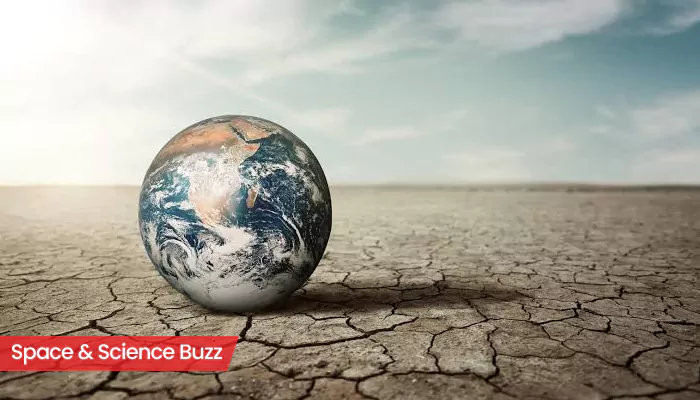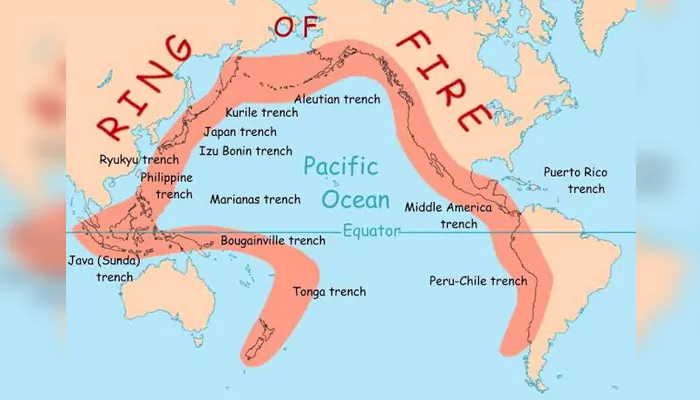
Here are today’s most important updates from the realm of Science and Space.
Monsoon is a critical period for the India's agriculture, water resources, and overall climate patterns. The rainfall distribution so far in 2025 has shown marked disparities across different states, creating both concerns and optimism depending on the region. Meghalaya, often considered one of the wettest places on Earth, stands out with an extraordinary 56% rainfall deficit so far. Similarly, Arunachal Pradesh, Bihar, Assam, and Sikkim are all facing rainfall shortages exceeding 40%. Rajasthan, famously recognised as one of India’s driest states, has surprisingly topped the rainfall charts with an astounding 92% excess rainfall so far this season. Experts suggest that these anomalies may be early indicators of shifting climate patterns influenced by global warming and atmospheric changes.

A global study of over 88,000 adults reveals that poor sleep habits—like going to bed inconsistently or having disrupted circadian rhythms—are tied to dramatically higher risks for dozens of diseases, including liver cirrhosis and gangrene. Contrary to common belief, sleeping more than 9 hours wasn't found to be harmful when measured objectively, exposing flaws in previous research. Scientists now say it's time to redefine “good sleep” to include regularity, not just duration, as biological mechanisms like inflammation may underlie these powerful sleep-disease links. At least 172 diseases are linked to improper sleeping patterns.

The massive earthquake that struck off Russia’s Kamchatka Peninsula with a magnitude of 8.8, is a clear example of why the Ring of Fire is notorious for powerful earthquakes and tsunamis, driven by subduction zone dynamics. The Ring of Fire is a horseshoe-shaped geological zone along the edges of the Pacific Ocean. It is prone to earthquakes and tsunamis because it lies at the boundaries of multiple tectonic plates, including the massive Pacific Plate and several surrounding smaller plates. This zone stretches over 40,000 kilometers and is characterized by intense seismic and volcanic activity. The Ring of Fire contains about 75% of the world's active volcanoes and accounts for around 90% of the world’s earthquakes.

Scientists at the University of Toronto have developed a new non-stick material that rivals the performance of traditional PFAS-based coatings while using only minimal amounts of these controversial "forever chemicals." Through an inventive process called "nanoscale fletching," they modified silicone-based polymers to repel both water and oil effectively. This breakthrough could pave the way for safer cookware, fabrics, and other products without the environmental and health risks linked to long-chain PFAS. Various studies have linked exposure to high levels of PFAS to certain types of diseases, birth defects and other health problems, with the longer chain PFAS generally considered more harmful than the shorter ones.